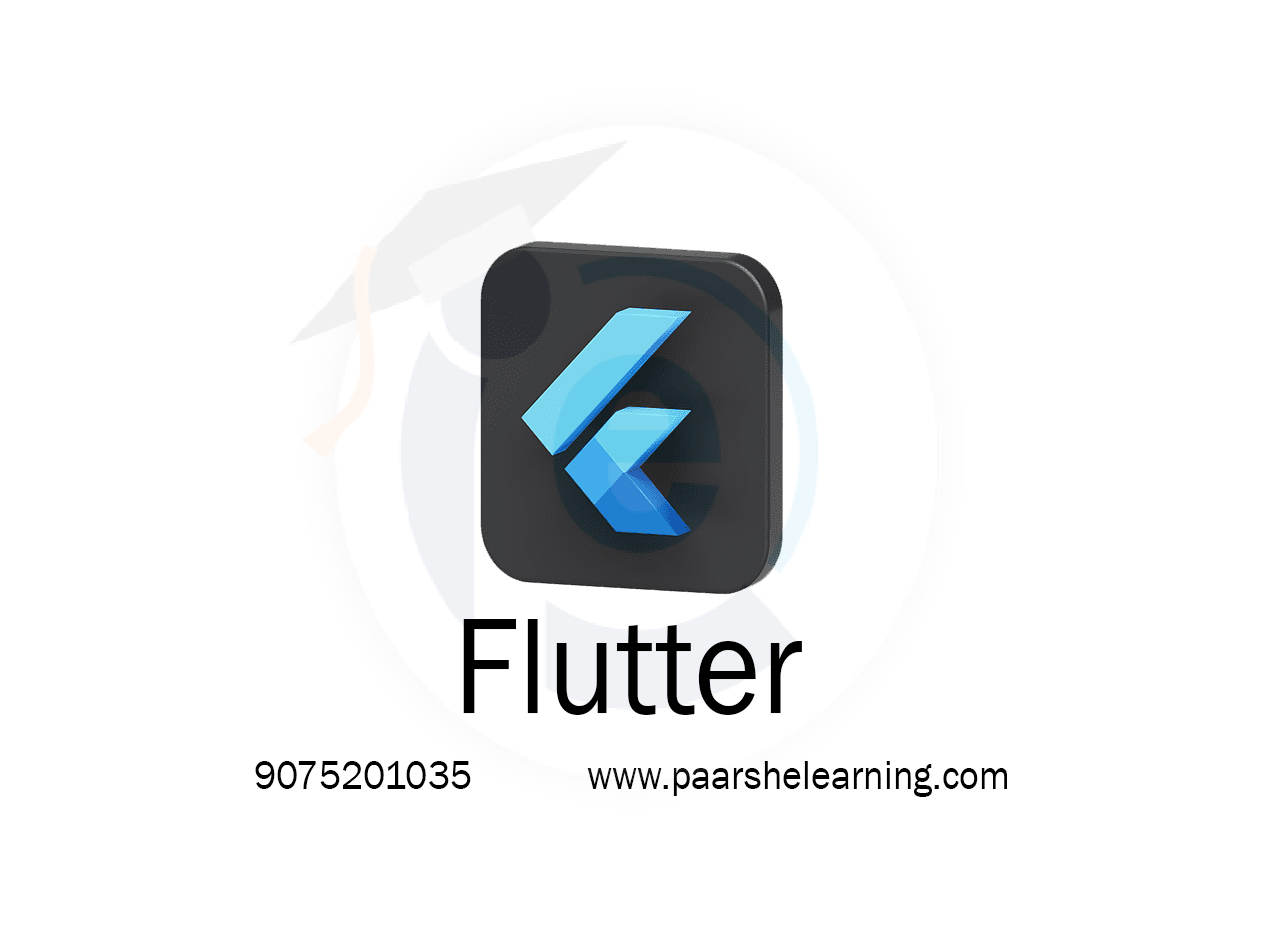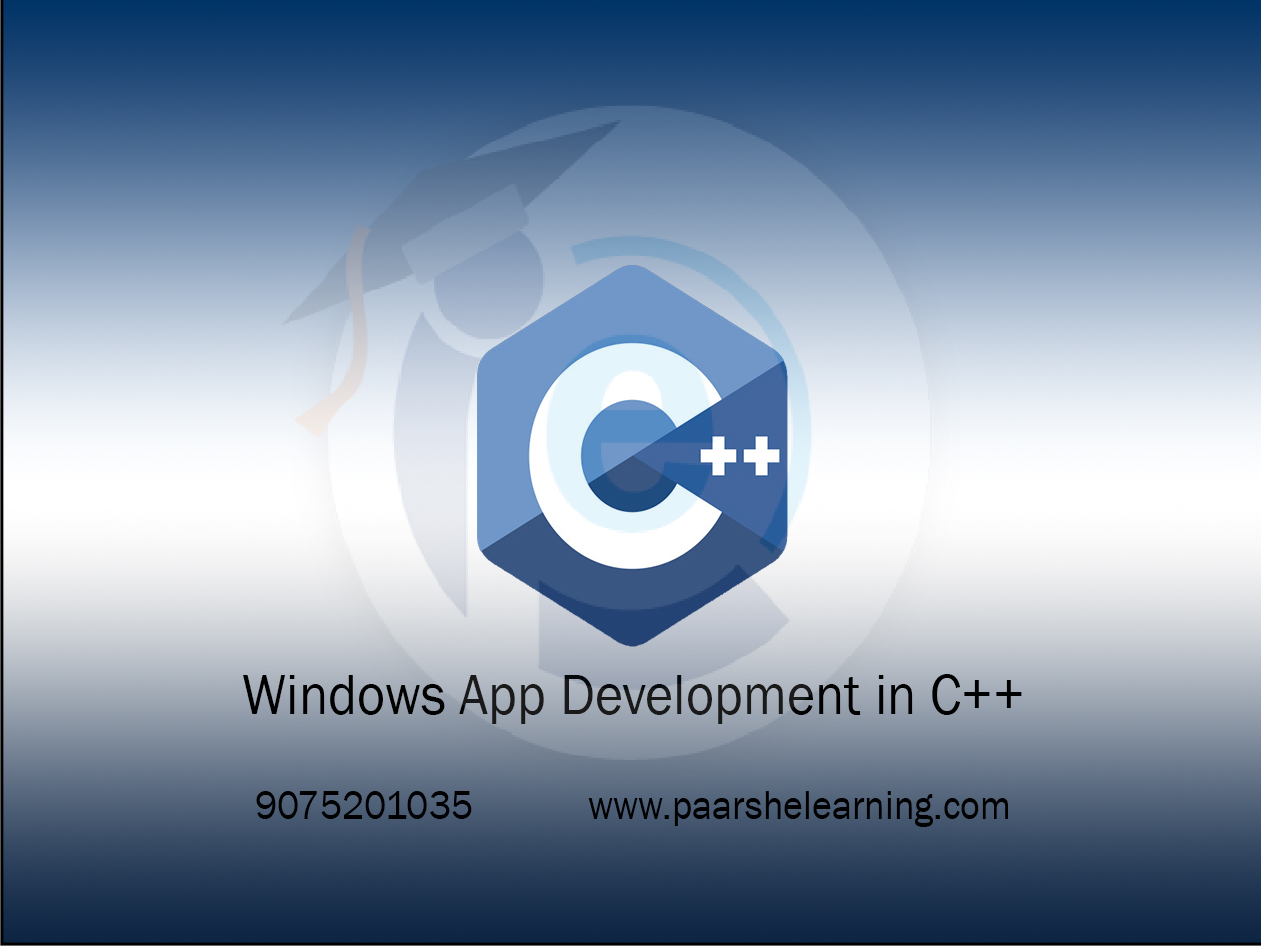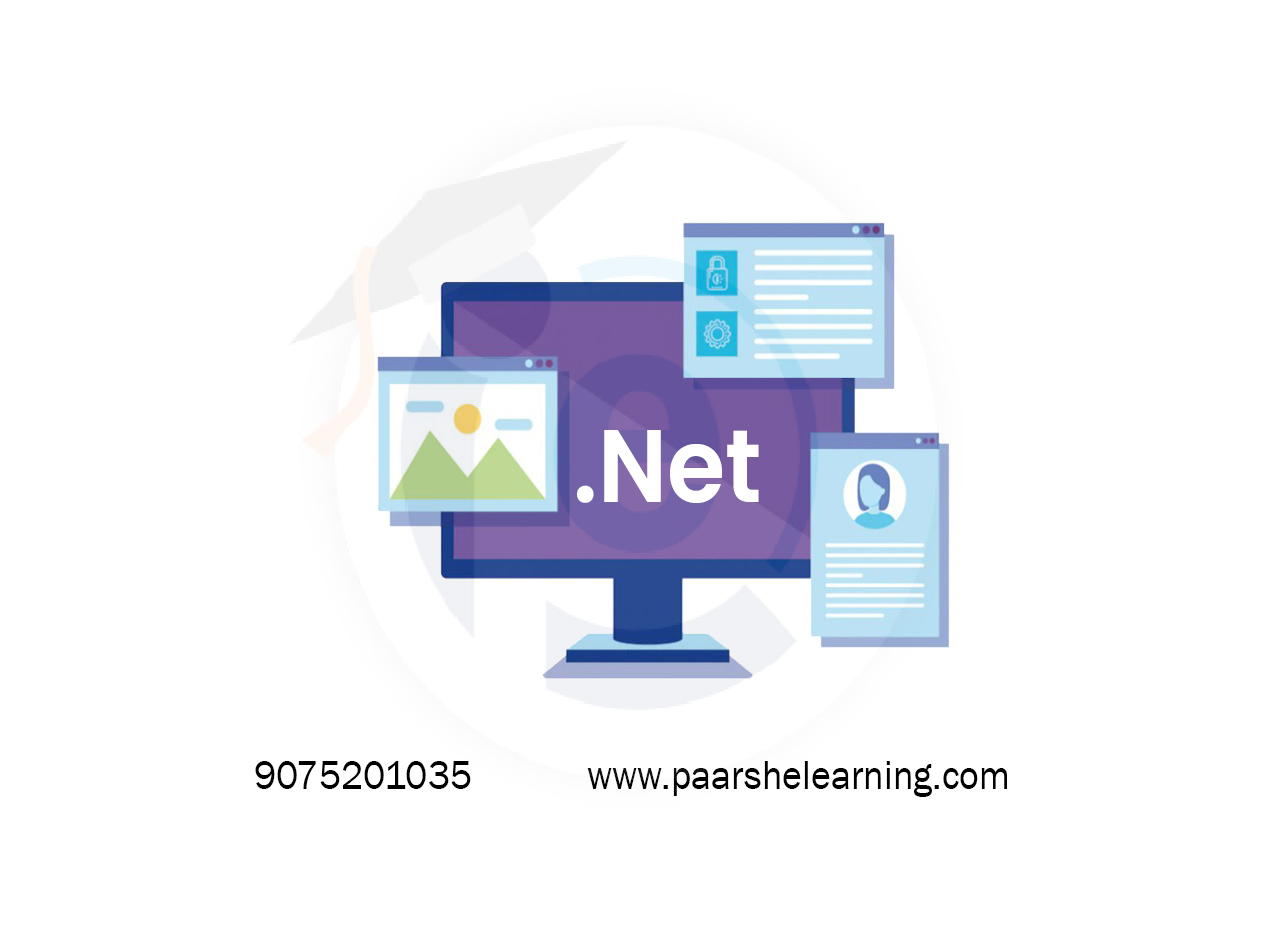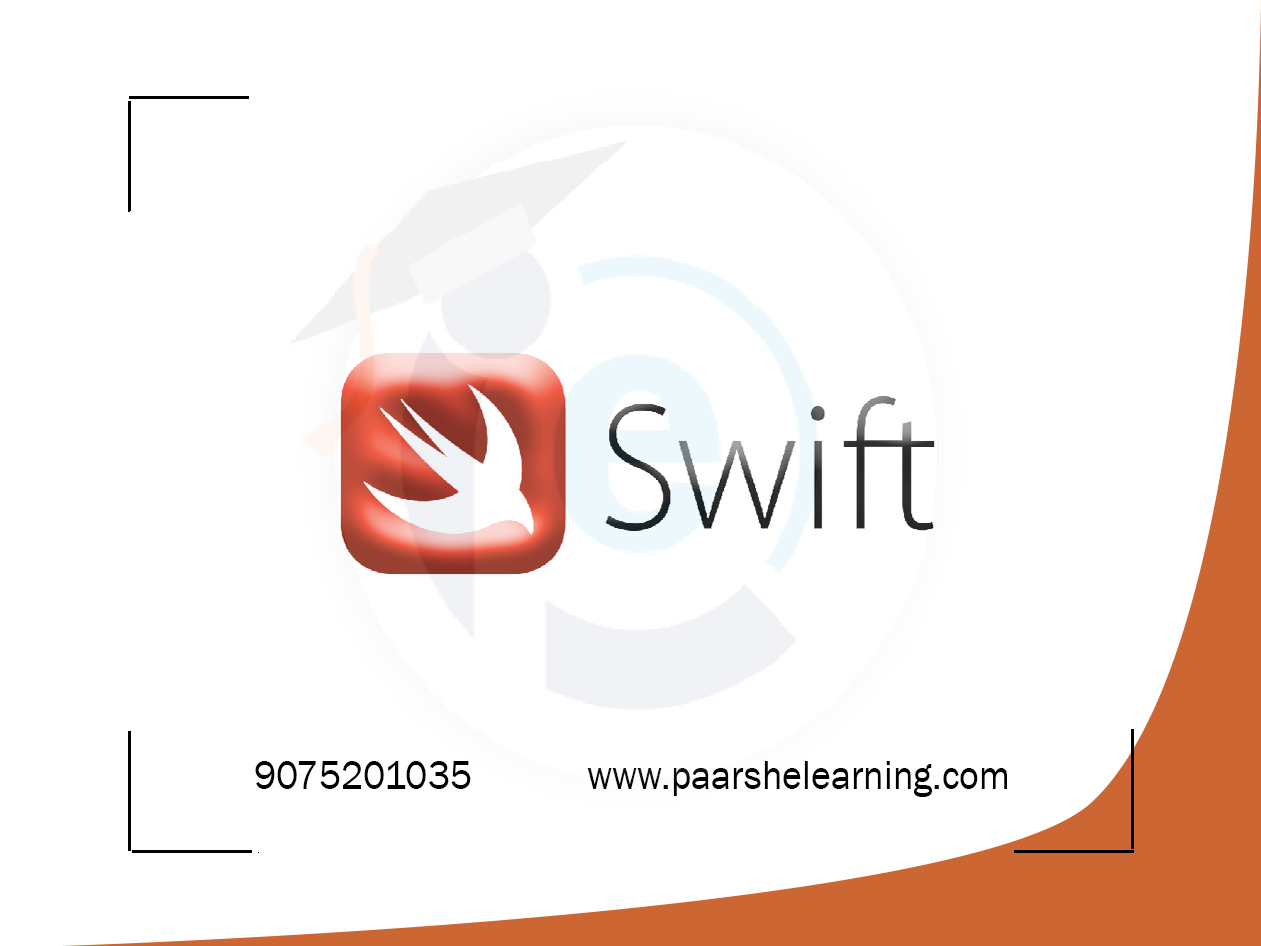- Building real application such as todo,image editor and note keeper application
- developing beatiful ui design with fluent UI
- Building window application from scrach
- flutter and dart
Flutter
Course description
Flutter is an open-source UI toolkit developed by Google that allows developers to build natively compiled applications for multiple platforms from a single codebase. While Flutter was initially focused on mobile application development, it has been extended to support desktop platforms as well, including Windows, macOS, and Linux. With Flutter, developers can create cross-platform desktop applications with a consistent user interface and native performance. Here are some key points about using Flutter for desktop application development:
-
Single Codebase: Flutter allows developers to write a single codebase that can be used to build applications for multiple platforms, including desktops. This means that developers can reuse a significant portion of their code, reducing development time and effort.
-
UI Framework: Flutter provides a rich set of UI widgets and a flexible UI framework that enables developers to create visually appealing and responsive user interfaces for desktop applications. The framework follows a reactive programming model, where the UI automatically updates based on changes in the underlying data.
-
Hot Reload: Flutter's hot reload feature allows developers to see the changes they make in the code reflected instantly in the running application. This enables faster iterations and a more efficient development workflow.
-
Performance: Flutter uses Dart, a performant and optimized programming language, to achieve native performance on desktop platforms. Flutter applications are compiled into native machine code, which ensures that they can take full advantage of the underlying hardware, resulting in smooth and responsive user experiences.
-
Platform Integration: Flutter provides plugins and APIs that allow developers to integrate their applications with platform-specific features and capabilities. This includes access to native APIs, system dialogs, file system access, network connectivity, and more, enabling developers to build feature-rich desktop applications.
-
Material Design and Cupertino Widgets: Flutter offers both Material Design widgets (Android-style) and Cupertino widgets (iOS-style). These widgets allow developers to create user interfaces that adhere to the design guidelines of each platform, ensuring a native look and feel.
-
Desktop-specific Support: Flutter for desktops has been rapidly evolving, with continuous improvements and updates. While the support for desktop platforms is not as mature as for mobile platforms, it provides a solid foundation for building desktop applications. Developers can expect ongoing enhancements and new features as Flutter for Desktop continues to evolve.
-
Community and Ecosystem: Flutter has a vibrant and active community of developers who contribute to its growth and provide support. The Flutter ecosystem offers various packages, libraries, and tools that can be leveraged to enhance the development process and add additional functionality to desktop applications.
-
Deployment: Flutter applications can be packaged and distributed as standalone executables for desktop platforms. This simplifies the deployment process, allowing users to install and run applications without the need for additional dependencies or runtime environments.
-
Continuous Improvement: Flutter is backed by Google and a dedicated team of developers, ensuring ongoing development, updates, and improvements. The Flutter framework and tooling continue to evolve rapidly, making it an exciting platform for desktop application development.
While Flutter for Desktop is still considered to be in the experimental phase, it has gained significant attention and adoption from developers. It offers a promising solution for building cross-platform desktop applications with a focus on performance, productivity, and a native user experience.
What you will learn from this course?
This course includes!
- Daily Live session
- A recorded session with problem-solving material
- Access on Mobile and TV
- Certificate of completion
- Recommendation Letter
This course is for
- Beginner dart programmer
- Beginner flutter programmer
- Desktop developer
- Any candidate who wants to start their career as a flutter developer
Prerequisites for this course
- Basic dart programming language
- Determination
- Basic coding knowledge
Flutter Cross Platform Syllabus
-
Introduction To Flutter And Dart
Understanding the role of Flutter in mobile app development Installing Flutter and setting up the development environment Introduction to Dart programming language Creating your first Flutter app: "Hello World"
-
Flutter Widgets And Ui Layout
Exploring the Flutter widget hierarchy Building UI layouts with basic widgets (Container, Row, Column) Using Material Design widgets for a cohesive UI Organizing and structuring your Flutter app
-
State Management And Navigation
Understanding stateful and stateless widgets Managing app state using setState and StatefulWidget Implementing navigation between screens using Navigator Passing data between screens and using named routes
-
User Input And Forms
Handling user input with text fields and buttons Creating forms and validating user input Implementing gestures and touch interactions Using packages for advanced UI components
-
Networking And Api Integration
Making HTTP requests using the HTTP package Parsing JSON responses and handling asynchronous operations Implementing RESTful API integration in Flutter Error handling and displaying loading indicators
-
Local Storage And Persistence
Storing data locally using shared preferences Implementing SQLite for database operations Using packages for data persistence and caching
-
Advanced Ui And Animations
Creating custom widgets and UI components Animating UI elements using Flutter's animation framework Implementing complex animations and transitions Exploring Flutter's rich animation libraries
-
Advanced Topics And Final Projects
Implementing authentication and user management Incorporating third-party packages and plugins Exploring platform-specific code integration (platform channels) Working on individual or group final projects
-
Paarsh E-Learning encourages hands-on practice and projects throughout the course to reinforce students' understanding of Flutter concepts. Assigning practical assignments and projects will help students apply what they've learned. Make sure to cover both the theoretical foundations and practical implementation of Flutter.



